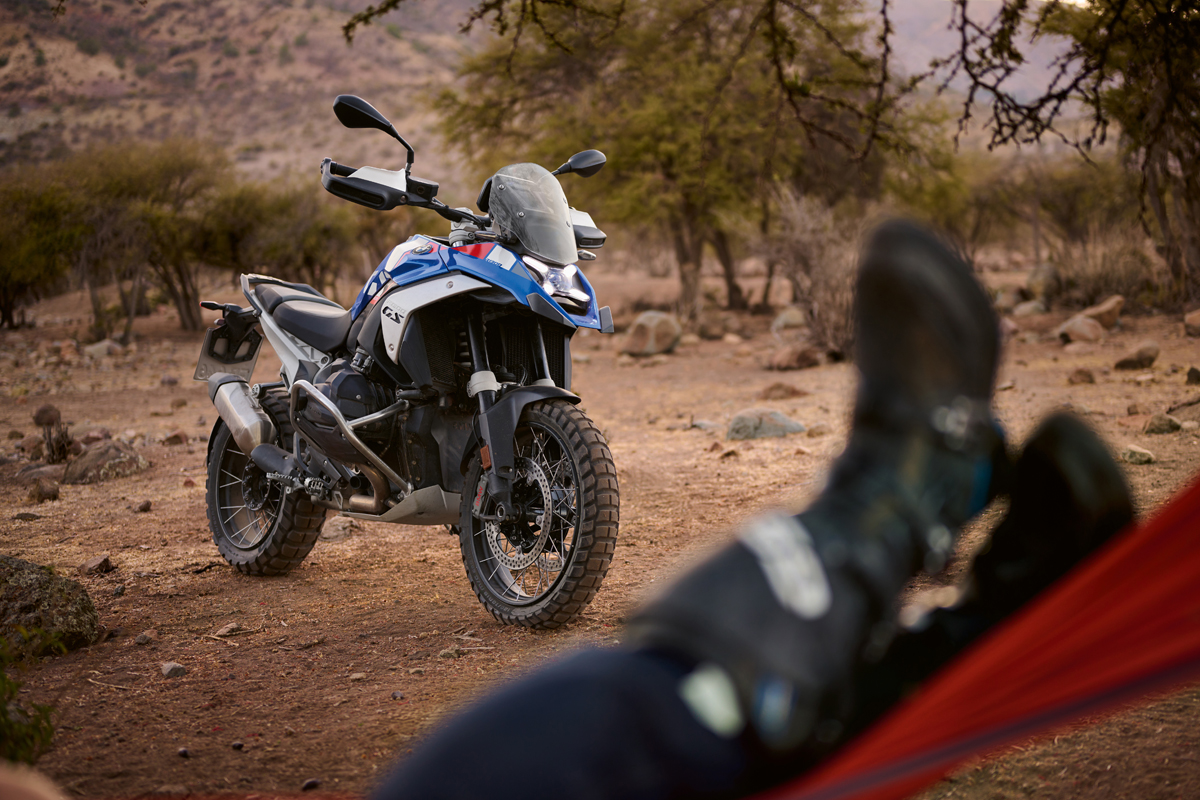
It seems that we’ve been waiting for the official launch of the next-generation BMW GS model for ages and speculation was rife as to what exactly it would be: a warmed-over R 1250 GS or a completely new model.
Well, now the speculation can be put to rest as BMW Motorrad has finally unveiled the R 1300 GS and it is indeed a completely new model, with very little carried over from the R 1250 GS.
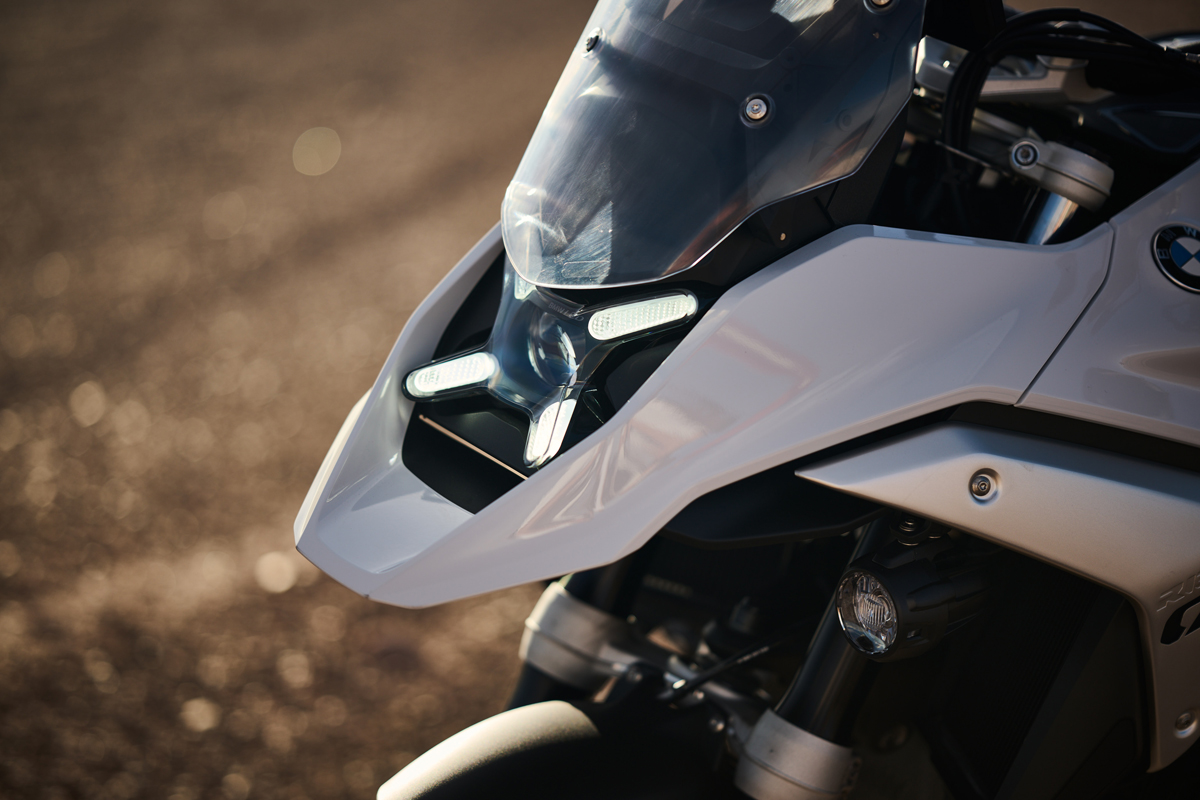
The chassis, engine and suspension are all brand new and not merely an evolution of the outgoing model and a chunk of weight – 12kg – has been lopped off.
Yet again, BMW defies the passage of time and has developed the venerable boxer-twin engine design to even greater heights of power, torque, smoothness, flexibility and rideability. Its new design is more compact than ever before thanks to a gearbox located under the engine and a new camshaft drive arrangement. From exactly 1,300 cc it produces an output of 107 kW (145 hp) at 7,750 rpm, developing a maximum torque of 149 Nm at 6,500 rpm. This makes it by far the most powerful BMW boxer engine ever to be produced in the series and, if the horsepower figure is still shy of that achieved by rivals KTM, Triumph and Harley-Davidson, it is certain to be more than enough.
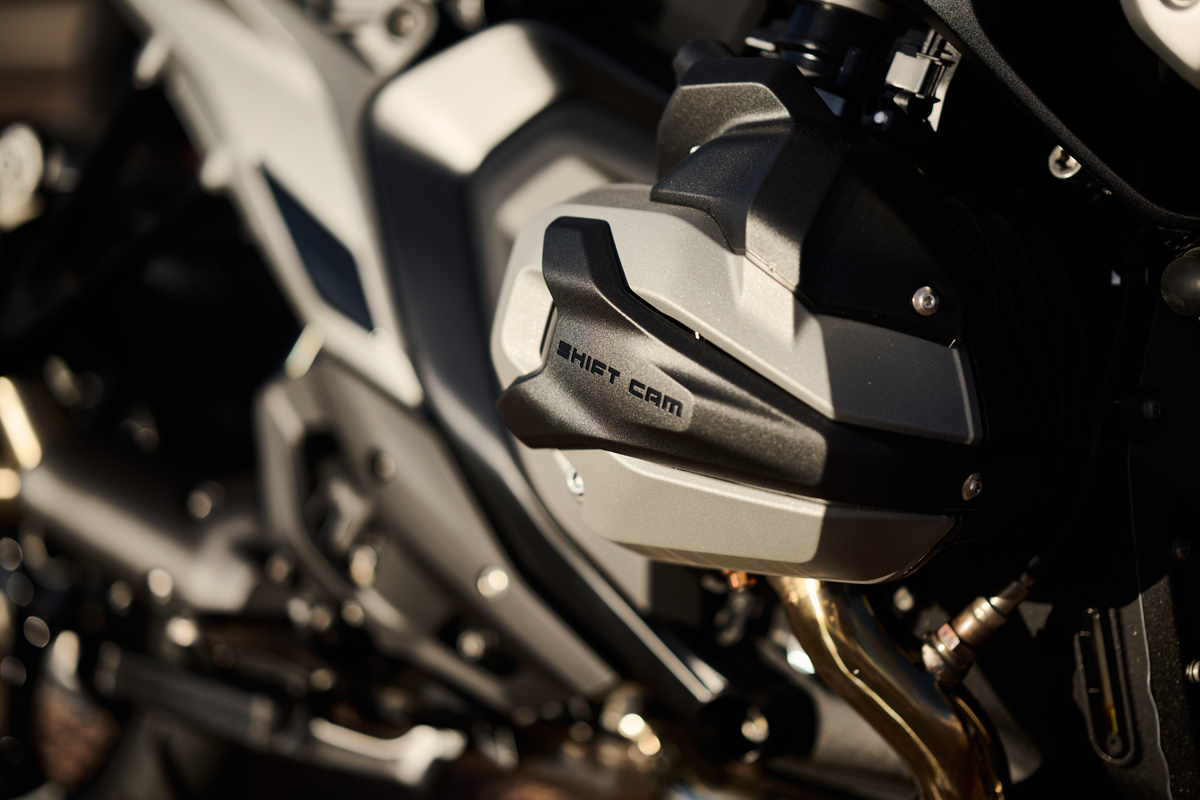
The chassis is another huge step forward: a sheet metal shell main frame made of steel, which in addition to being significantly optimised in terms of installation space, also offers higher levels of stiffness than the previous model. For the rear frame, the previous tubular steel structure has now been replaced with a die-cast aluminium construction.
The suspension follows previous concepts but the new EVO Telelever front wheel guide with flex element and the revised EVO Paralever rear wheel guide provides even greater steering precision and ride stability, according to BMW.
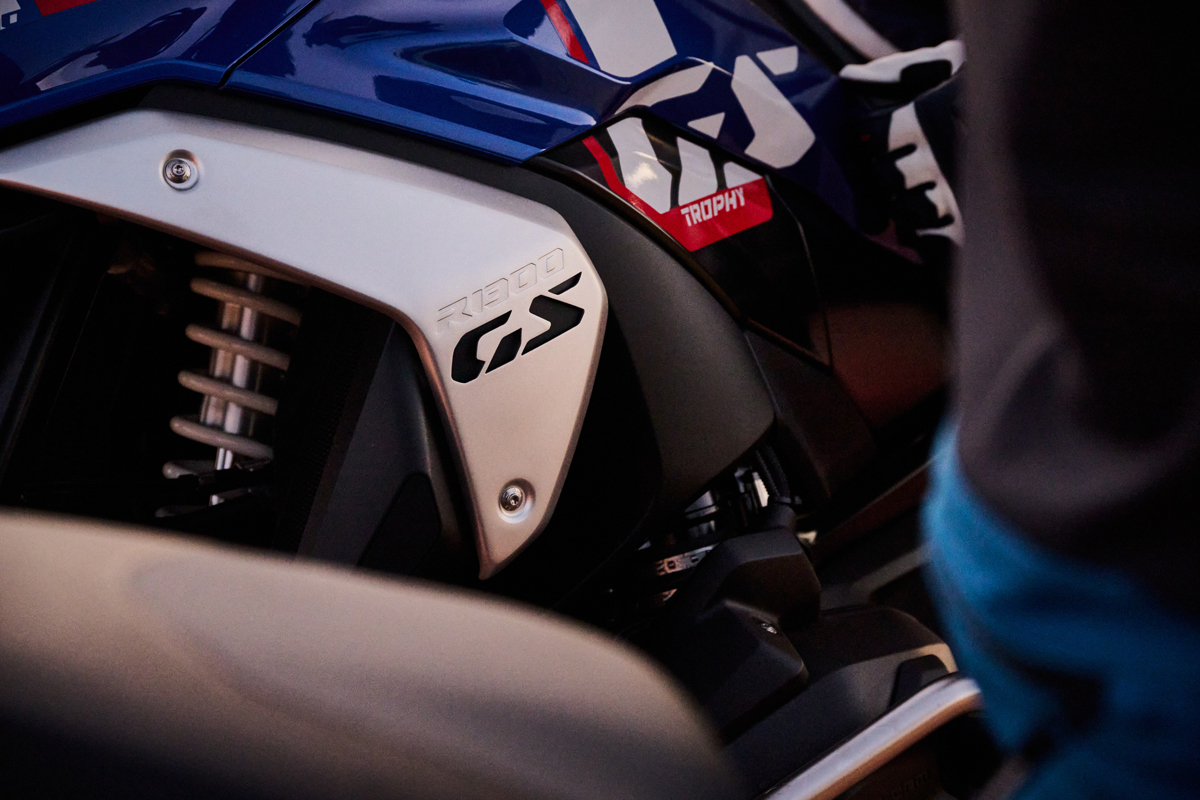
Naturally, the electronics have been uprated significantly and the new electronic Dynamic Suspension Adjustment (DSA) now goes one step further over the old system, combining the dynamic adjustment of the front and rear damping with a corresponding adjustment of the spring rate (“spring stiffness”) – depending on the selected riding mode, riding condition and manoeuvres. The automatic adjustment of the spring rest ensures load compensation. DSA ensures an even higher level of ride safety, performance and comfort.
Exclusively in conjunction with DSA as optional equipment ex works, two further items of optional equipment are available for the suspension of the new R 1300 GS: the new adaptive vehicle height control and the sports suspension.
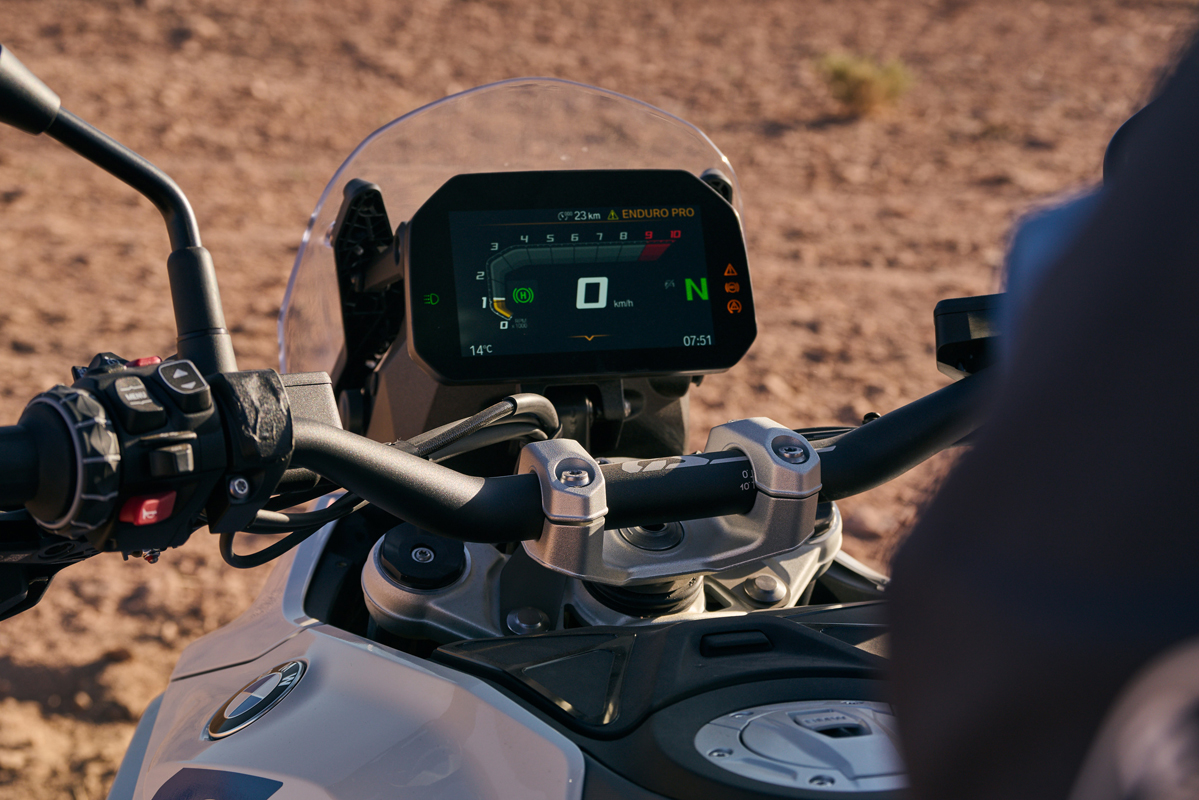
With adaptive vehicle height control, the new R 1300 GS offers fully automatic adjustment of the vehicle height depending on the operating condition, thereby ensuring the greatest possible comfort without having to compromise on riding dynamics and banking freedom.
With 20 mm more spring travel at the front and rear and an optional athletically firm sports suspension specially developed for the GS, off-road riders are well catered for here.
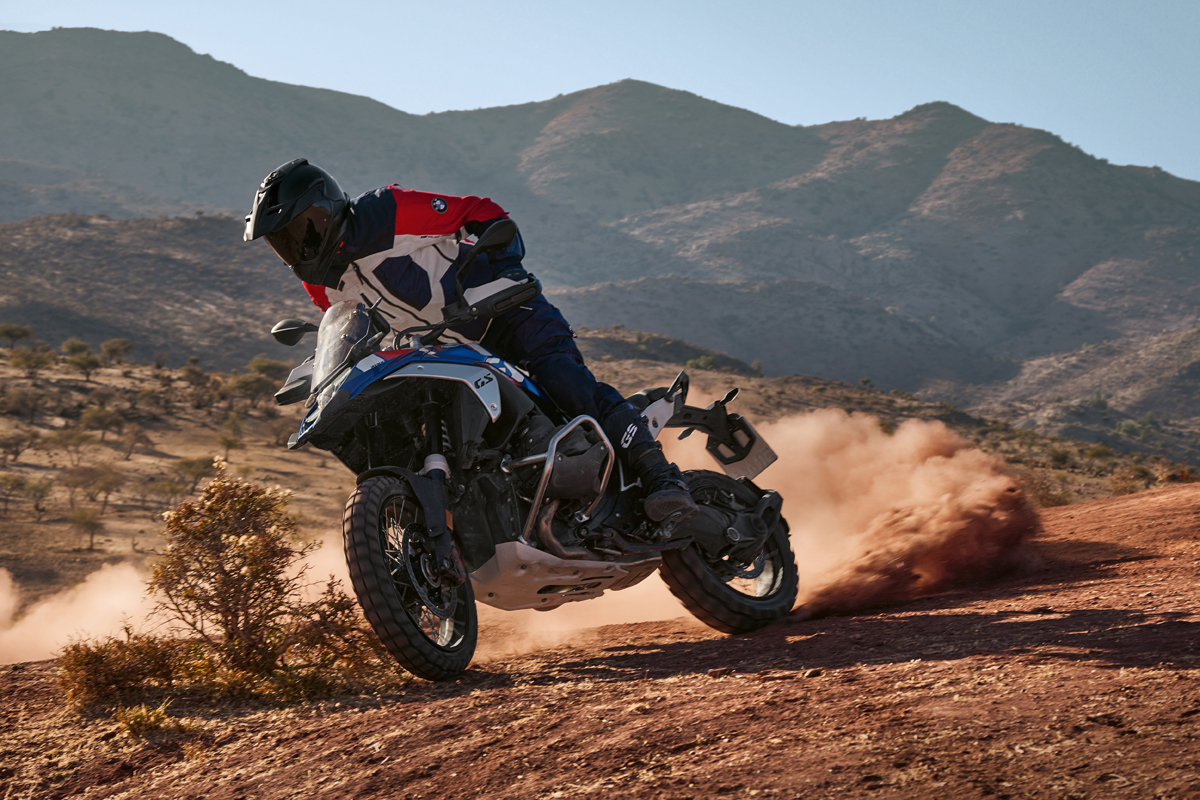
Even in standard trim, the new R 1300 GS now has four rather than three riding modes for adaptation to individual rider preferences. The “Rain” and “Road” riding modes allow riding characteristics to be adapted to most road conditions. With the “Eco” riding mode it is possible to achieve the maximum range on a single tank of fuel, while the additional riding mode “Enduro” enables an enhanced riding experience off the beaten track with a specific set-up for off-road use.
The new BMW R 1300 GS features the new Riding Assistant option, comprising Active Cruise Control (ACC), Front Collision Warning (FCW) and Lane Change Warning (SWW). Active Cruise Control (ACC) with integrated distance control can be used to set the desired riding speed as well as the distance to the vehicle in front. Front Collision Warning (FCW) with brake intervention is designed to prevent collisions and help reduce the severity of accidents, while a Lane Change Warning, monitors the lanes to the left and right and can help ensure a safe lane change while supporting the use of the rear mirror.
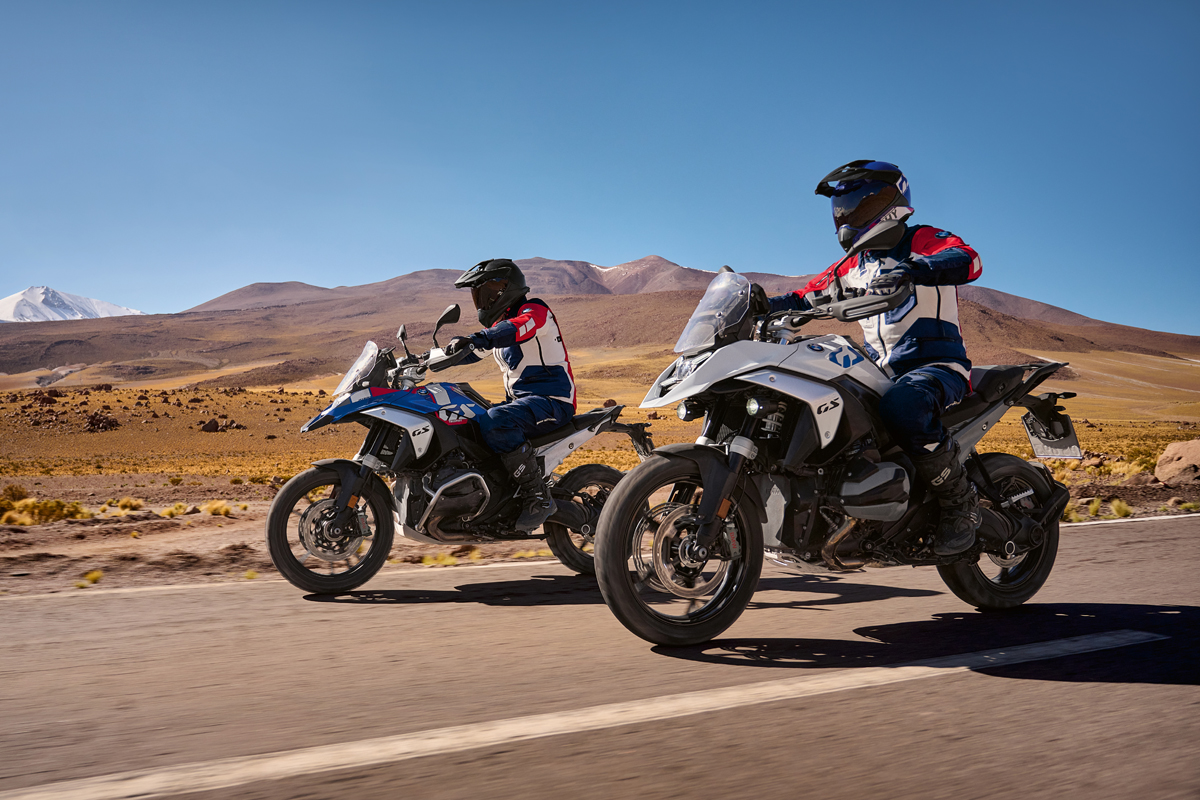
The new R 1300 GS might be light years away from the very first R80 G/S of the early 1980s, but the goal remains the same: peerless performance, practicality and durability on any road surface the world can throw at it.
For more information on pricing and arrival dates of the R1300 GS in South Africa, contact your nearest BMW Motorrad dealer.




